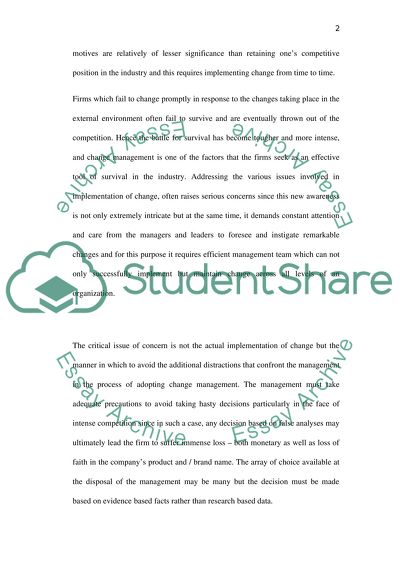Cite this document
(“Managing Change in Organisations Coursework Example | Topics and Well Written Essays - 4000 words”, n.d.)
Retrieved from https://studentshare.org/psychology/1428276-managing-change-in-organisations
Retrieved from https://studentshare.org/psychology/1428276-managing-change-in-organisations
(Managing Change in Organisations Coursework Example | Topics and Well Written Essays - 4000 Words)
https://studentshare.org/psychology/1428276-managing-change-in-organisations.
https://studentshare.org/psychology/1428276-managing-change-in-organisations.
“Managing Change in Organisations Coursework Example | Topics and Well Written Essays - 4000 Words”, n.d. https://studentshare.org/psychology/1428276-managing-change-in-organisations.


